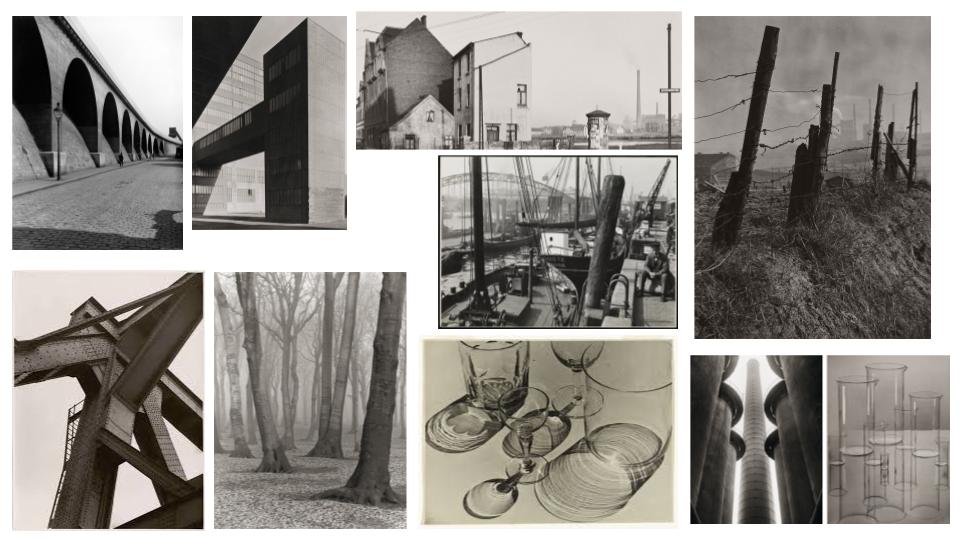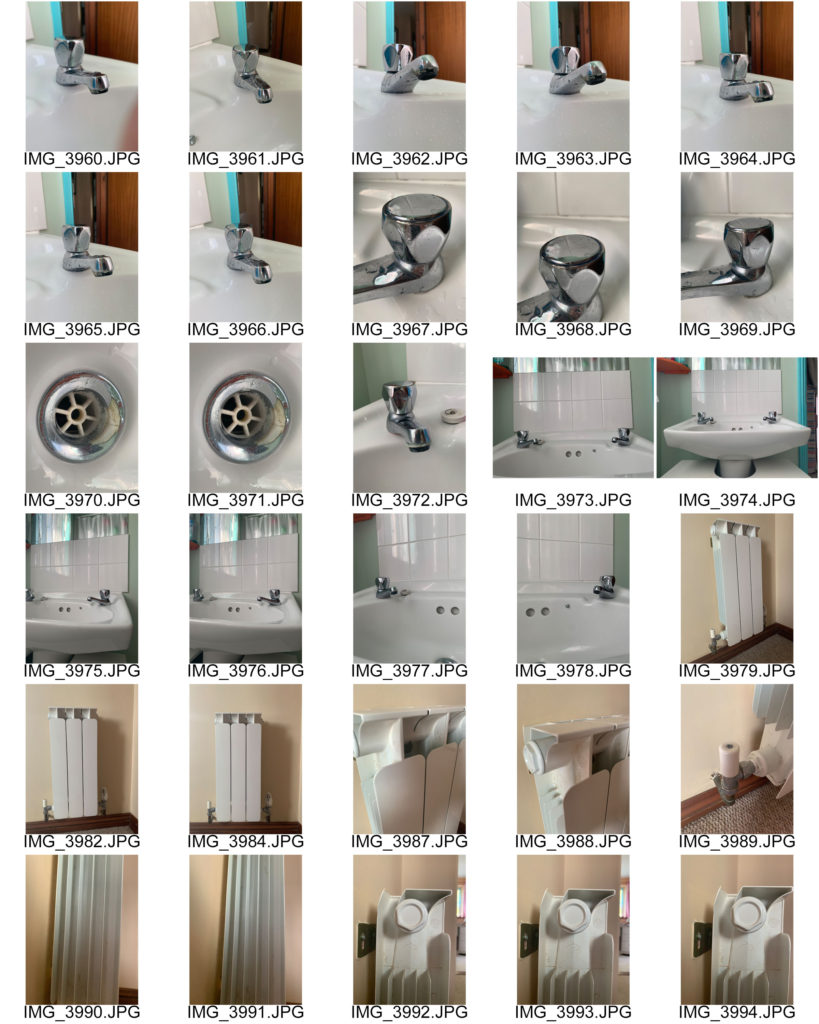Albert Renger-Patzsch was a German photographer associated with the New Objectivity.
After military service in the First World War he studied chemistry at Dresden Technical College. In the early 1920s he worked as a press photographer for the Chicago Tribune before becoming a freelance in 1925 he published a book, The choir stalls of Cappenberg.
A second book followed in 1928, Die Welt ist schön (The World is Beautiful). It is a collection of one hundred of his images in the theme of natural forms, industrial buildings and objects.
Renger-Patzsch used a variety of formal elements in his work. examples being; repetition, line, light and rhythm. He used film media to achieve these as it was before digital cameras were made. This is why they are also in black and white.
He believed that the value of photography was in its ability to reproduce the texture of reality, and to represent the essence of an object.
https://www.tate.org.uk/art/artists/albert-renger-patzsch-2709

Image Analysis


Picture of the trees:
The trees are earthy and organic in the sense they are part of nature and are grown from the earth. In this image there is also depth as past the first main trees it goes further and further into the forest creating depth. Also in this photo the light is focused towards the background and the front is darker with shadowing. The image is cropped normally in the sense the trees are not too close but are still the subject of the image, however the photo has been framed in a way that the picture still continues outside of the frame.
Picture of the shovels:
The irons are a man made object which sticks to the industrial theme in Renger-Patzschs’ photos. There is not much depth in this image as it seems very 2D, however the light reflecting off the irons creates some depth as it continues the photograph further. The image is cropped quite close to the center of the subject (the irons) but is framed in a way where the image does not continue and stops at the edges.
Similarities of both:
The repeated pattern of vertical lines in both images creates a sense of rhythm as it is repeated throughout the image and makes it interesting and satisfying to view. Both photos are photographed with natural light rather than studio light. Both images have a triangular shape at the bottom of the photo, this points your eyes into the picture.
My Response:






Final Outcomes:


This selection of photos were taken using a phone. I edited them into black and white and made sure the contrast between light and dark was high and that the images included sharp edges. When taking the photos I looked for things that were structural and included rhythm throughout them. i used natural lighting in them because they were taken outside and they are architectural man made objects/buildings.
